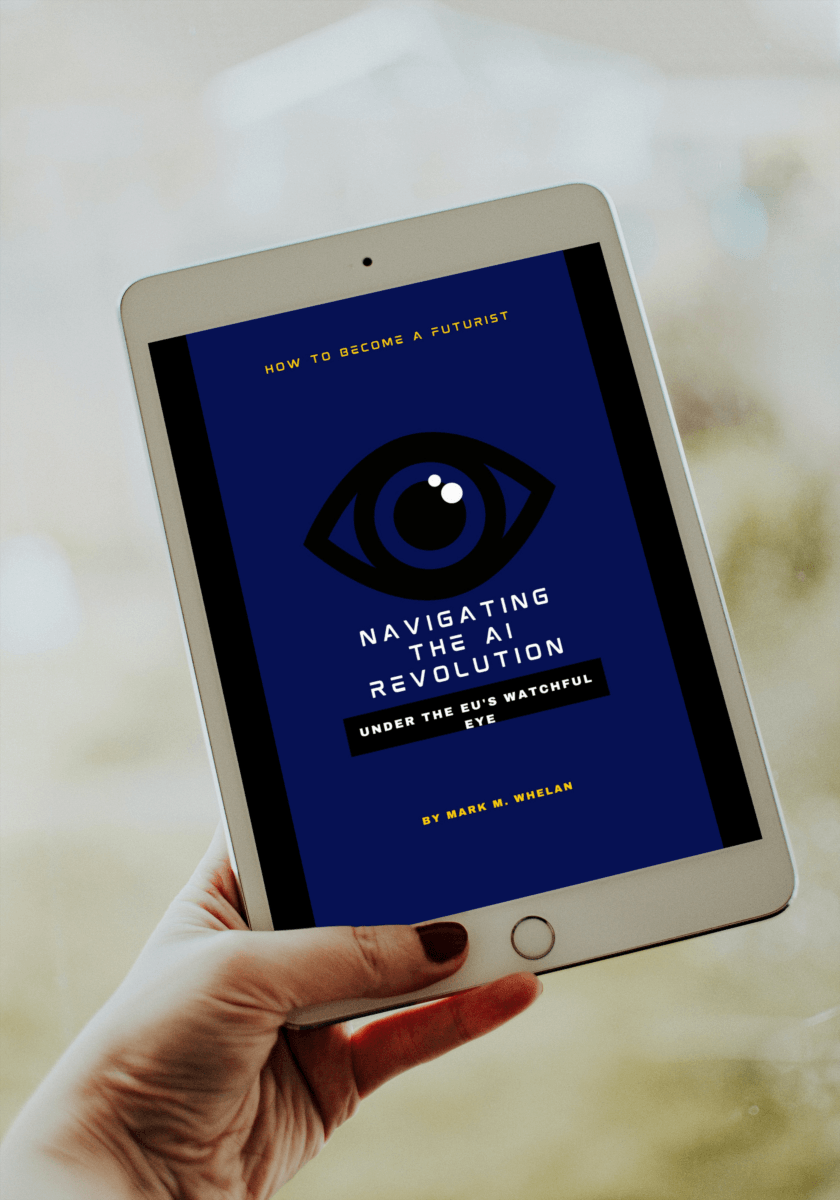Case Studies
Affiliated Research Papers
- TARA+: Controllability-aware Threat Analysis and Risk Assessment for L3 Automated Driving Systems
- Edge Computing to Support Message Prioritisation in Connected Vehicular Systems
- Analysis of cyber risk and associated concentration of research (ACR) 2 in the security of vehicular edge clouds
- A Comparative Study of Cyber Threats on Evolving Digital Identity Systems
- Human factors for vehicle platooning: A review
- A Comprehensive Survey of Threats in Platooning—A Cloud-Assisted Connected and Autonomous Vehicle Application
- Customers’ perception of cybersecurity risks in E-commerce websites
- Considerations for secure MOSIP deploymentThe impact of message encryption on teleoperation for space applications
- Securing Cloud-Assisted Connected and Autonomous Vehicles: An In-Depth Threat Analysis and Risk Assessment
- Behavioural analysis of COVID-19 vaccine hesitancy survey: A machine learning approach
- Challenges in Threat Modelling of New Space Systems: A Teleoperation Use-Case
Books
Case Studies 1: How Deep Fakes and Propaganda Are Reshaping Reality
Deep Fakes and Disinformation:
- Deep Fakes and Disinformation: The study provides an overview of deep fakes, which are synthetic media generated using artificial intelligence techniques. It delves into the ways in which deep fakes can be employed to intentionally spread disinformation, including the malicious manipulation of audiovisual content to deceive and mislead viewers.
Deep Fakes and Misinformation:
The case study differentiates between disinformation and misinformation. Disinformation refers to the deliberate creation and dissemination of false information with the intention to deceive. Misinformation, on the other hand, involves the inadvertent sharing of false or misleading information without malicious intent. The study examines how deep fakes can contribute to both forms of false information dissemination.
Impact on Society and Democracy:
The case study explores the potential consequences of deep fakes on society and democratic processes. It highlights the challenges faced by individuals, organizations, and policymakers in discerning the authenticity of media content, as well as the erosion of trust in traditional sources of information. The study emphasizes the need for robust methods to identify deep fakes while preserving the integrity of authentic media.
Novel Approach to Identify Deep Fakes
In response to the growing threat of deep fakes, the case study proposes a novel approach to identify and combat their proliferation. The approach involves a combination of AI-based detection algorithms, crowdsourced verification systems, and partnerships between technology companies, academia, and media organizations. The goal is to create an ecosystem that enables the identification of deep fakes without stifling innovation and creativity in the AI field.
Ethical Considerations:
Ethical Considerations: The case study addresses the ethical implications associated with the detection and mitigation of deep fakes. It emphasizes the importance of striking a balance between protecting against malicious use of AI technology and preserving privacy, freedom of expression, and the potential benefits of AI innovation.




